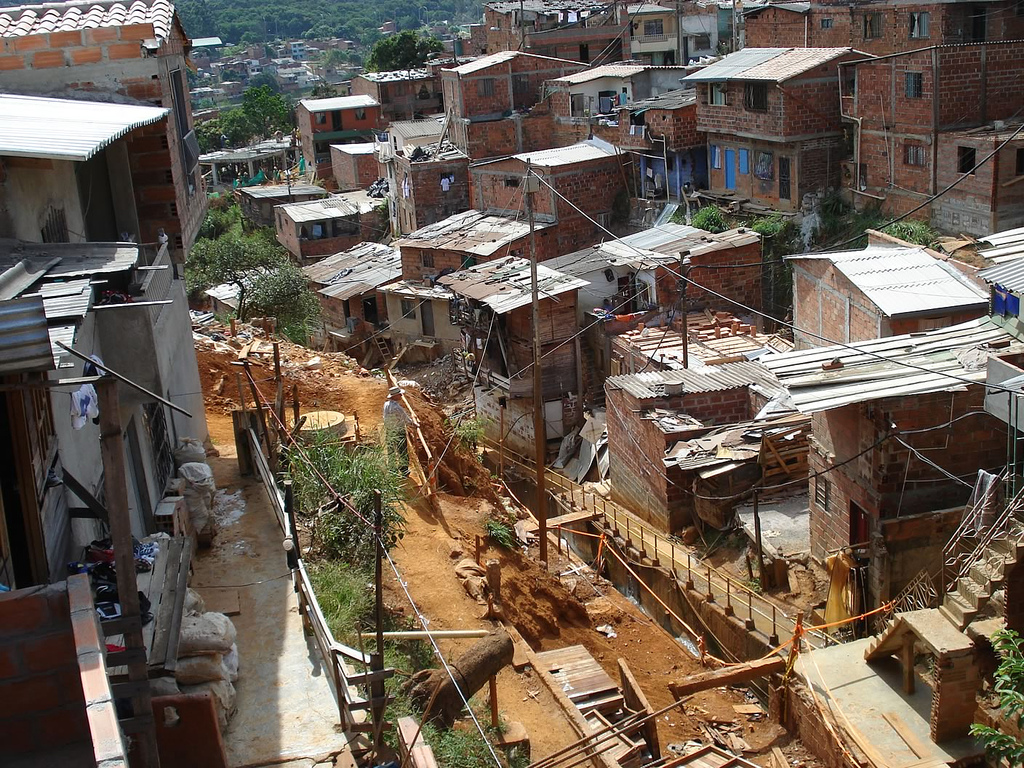After more than two years of intense negotiations, the UN’s 193 member states have unanimously agreed on a new Sustainable Development Agenda with 17 goals—including the elimination of extreme poverty and hunger—to be reached by 2030.
At a press briefing Monday, Ambassador Macharia Kamau of Kenya, one of the co-facilitators of the intergovernmental consultative process, told reporters the implementation of the agenda could cost a staggering $3.5 trillion to $5 trillion per year, Thalif Deen wrote for IPS.
This looks like “an astronomical figure”, he said, compared with the hundreds of millions of dollars–not trillions–the United Nations has been traditionally seeking for development aid.
“It is ambitious, but not unattainable,” he said, and could come mostly from domestic resources, both public and private.
“All countries have to rise to the occasion,” he said, adding that it was imperative for the business sector to get on board.
Still, the UN Under-Secretary-General for Economic and Social Affairs Wu Hongbo of China struck a more cautious note when he told reporters “it will be very difficult to give specific figures.”
But all 193 member states, he said, are expected to mobilize domestic sources to help attain the 17 Sustainable Development Goals.
The SDGs are a successor to the eight Millennium Development Goals, which were approved by heads of state in 2000, and will end in December this year.
The new goals, which will be part of the UN’s post-2015 development agenda and to be approved at a summit meeting of world leaders Sep. 25-27, cover a wide range of political and socio-economic issues, including poverty, hunger, gender equality, industrialization, sustainable development, full employment, human rights, quality education, climate change and sustainable energy for all.
Painful Consensus
Jens Martens, director of the Bonn-based Global Policy Forum, who has been closely monitoring the negotiations, told IPS the new Sustainable Development Agenda is a compromise and the result of a painful consensus building process.
“The new agenda is unique, as it is universal and contains goals and responsibilities for all countries in the world, including the rich and powerful,” he noted.
The agenda addresses the raising inequalities within and among countries and the enormous disparities of opportunities, wealth and power, Martens pointed out.
Some of the new Sustainable Development Goals are highly ambitious, like the first goal to end poverty in all its forms everywhere. However, the agenda is far less ambitious when it comes to the means of implementation, he warned.
“The implementation of the SDGs will require fundamental changes in fiscal policy, regulation and global governance. But what we find in the new agenda is vague and by far not sufficient to trigger the proclaimed transformational change. But goals without sufficient means are meaningless,” he declared.
More Ambitious Than SDGs
Bhumika Muchhala, senior policy analyst, finance and development at the Third World Network, told IPS, the SDGs are indeed significantly more ambitious than the MDGs, but that much of this money is going to come from two key sources.
One, private money, through the “multi-stakeholder partnerships” that the UN has enshrined in the SDG Goal 17 as well as through various other processes, such as the Sustainable Energy for All initiative or the Global Financing Facility.
And second, from domestic money straight from developing country coffers, as no new international money is being committed.
Secretary-General Ban Ki-moon said the new development agenda “encompasses a universal, transformative and integrated agenda that heralds an historic turning point for our world.”
Ban said the September summit, where the new agenda will be adopted, “will chart a new era of sustainable development in which poverty will be eradicated, prosperity shared and the core drivers of climate change tackled.”


